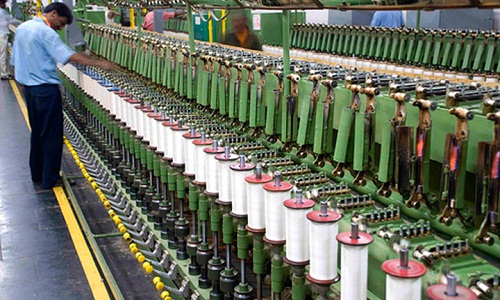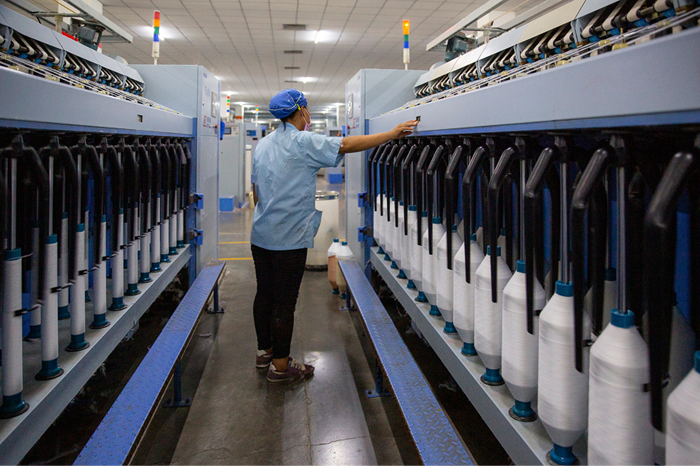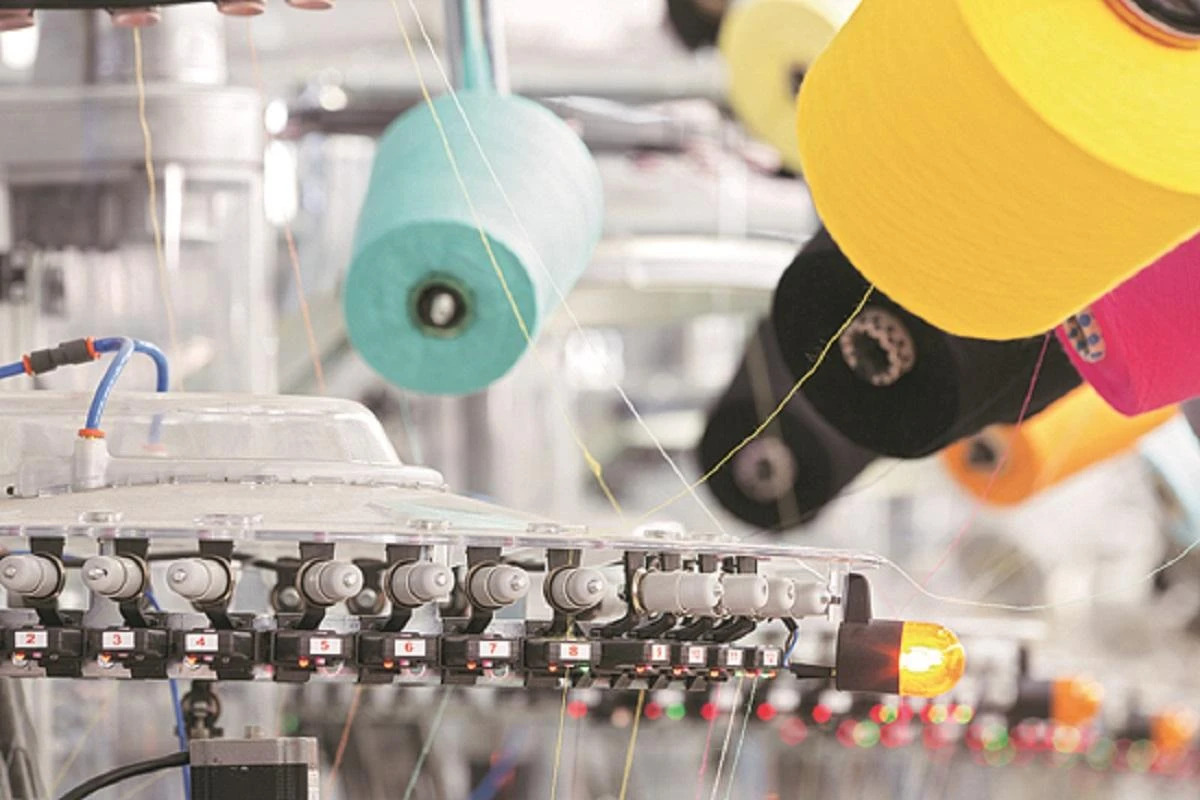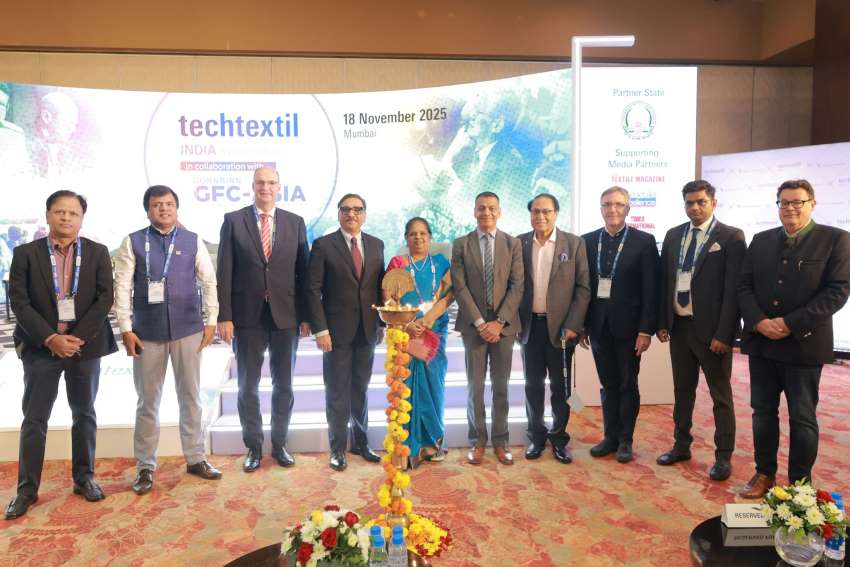"India’s textile industry has been identified as one of the thrust areas for economic growth due to its employment potential for rural masses, capability of inclusive growth, generating huge forex with least imports, etc. However, FY15-16 proved to be yet another challenging year for the textile industry especially the spinning segment due to adverse market conditions, excess production capacity, almost 50 per cent increase in cotton prices, no parity between cotton and yarn prices and the cascading effect in down-stream sectors, etc."

India’s textile industry has been identified as one of the thrust areas for economic growth due to its employment potential for rural masses, capability of inclusive growth, generating huge forex with least imports, etc. However, FY15-16 proved to be yet another challenging year for the textile industry especially the spinning segment due to adverse market conditions, excess production capacity, almost 50 per cent increase in cotton prices, no parity between cotton and yarn prices and the cascading effect in down-stream sectors, etc. As per June 2016 RBI Financial Stability Report, textile industry is amongst the top three stressed industries and in December 2015, the textile industry saw 6.4 per cent standard accounts slipping into the NPA category.
Additional funds, new policies as growth boosters

“To keep the industry thriving the Central government has taken many steps which are expected to yield long term benefits. The Centre has extended TUFS till the end of the 13th Plan and allocated Rs 12,671 crores to meet the subsidies of committed liabilities and Rs 5,151 crores to meet liabilities of ATUFS, thus totalling Rs 17,822 crores, a record allocation in the history of TUFS. Additionally, extension of 2 per cent MEIS and 3 per cent IES export benefits for all textile products except yarn. It has also enhanced duty draw back rates for various textile products,” said M Senthil Kuma, Chairman, SIMA at the 57th AGM held recently. “Meanwhile a Rs 6,000crores special package for garment exports including refund of State levies and certain land mark amendments in the labour laws like fixed term employment, optional EPF, refund of State levies, etc. was announced. The government is also directing Cotton Corporation of India to sell the balance quantity of cotton only to MSME category spinning mills that could soften cotton prices which had increased by almost 50 per cent within few months and affected the entire cotton textile value chain especially spinning sector” he explained.
Reforms with eye on future
The Confederation of Indian Textile Industry and Cotton Textile Export Promotion Council have come forward with study reports to sensitise the government about urgent measures to be taken to increase exports. To cope with the serious crisis rising in the cotton front as the associations have also urged the government to bring back Technology Mission on Cotton in a revised format and increase yield. Kumar said “As cotton prices are becoming highly volatile , mills are not being able to compete with traders and multinational companies, who cover cotton during season, export sizable volume, create scarcity and increase prices. As a major advantage the power cost in general has come down drastically and it is likely to decrease further in the coming years due to abundant availability of power in open access thus making the industry globally competitive. The government has also brought notable changes during the year on fixed term employment, optional PF, employer’s EPF contribution by the government, etc. At the same time, certain labour policies have been devised to increase the cost of production for the manufacturing sector include increase in minimum wages, ESI ceiling, bonus ceiling. With various schemes to support the industry, the country is expected to see large scale employment and significantly increase its contribution to the country’s overall GDP and forex,” he said.
On textile policies he said though a number of states had announced industrial policies containing a slew of measures to attract investments in the textile sector, we are yet to get announcement of Tamil Nadu Textile Policy and the National Textile Policy. “With the new Textile Minister at the helm, we look forward to the announcement of the Policy at an early date and we hope the State Policy would follow soon” he explained. He summed up by saying, “With various schemes supporting the industry in place, I am confident that the industry would leap ahead by creating large scale employment and increase its contribution to the country’s GDP and Forex earnings significantly.”












